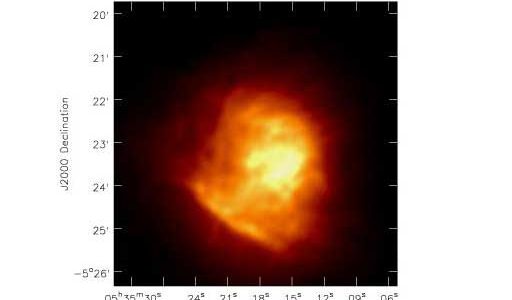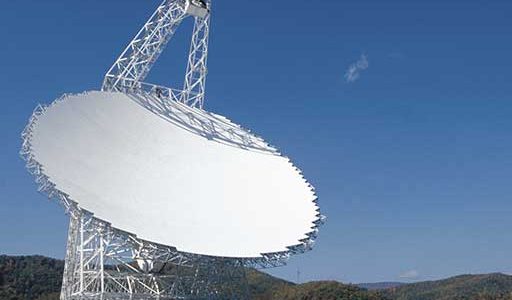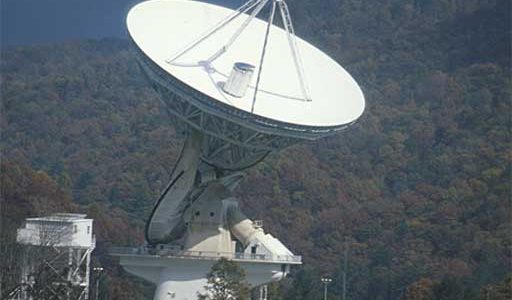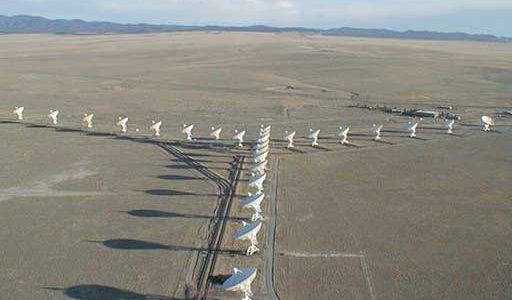Latest NRAO News
News is managed by NRAO News & Public Information. Questions about News? Have a story to share? Want to interview a scientist or create new media about our telescopes?

Astronomers using the National Science Foundation’s Very Large Array radio telescope have found a pulsar — a spinning, superdense neutron star — that apparently is considerably younger than previously thought.

Combining the best features of the National Science Foundation’s new Green Bank Telescope in West Virginia with those of the NSF’s Very Large Array in New Mexico, astronomers have produced a vastly improved radio image of the Orion Nebula and developed a valuable new technique for studying star formation and other astrophysical processes.

Star formation is a longer process than previously thought, and is heavily dependent on outside events, such as supernova explosions, to trigger it, a team of astronomers has concluded. The scientists reached their conclusions after making a detailed study of a number of the dark gas clouds in which new stars are formed.

Astronomers using the National Science Foundation’s newly commissioned Robert C. Byrd Green Bank Telescope (GBT) have discovered a windfall of three previously undetected millisecond pulsars in a dense cluster of stars in the Milky Way Galaxy.

Astronomers using the National Science Foundation’s 140 Foot Radio Telescope in Green Bank, West Virginia, were able to infer the amount of matter created by the Big Bang.

The National Science Board, the governing body for the National Science Foundation (NSF), has approved an expansion project for the Very Large Array (VLA) radio telescope in New Mexico.





